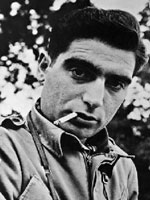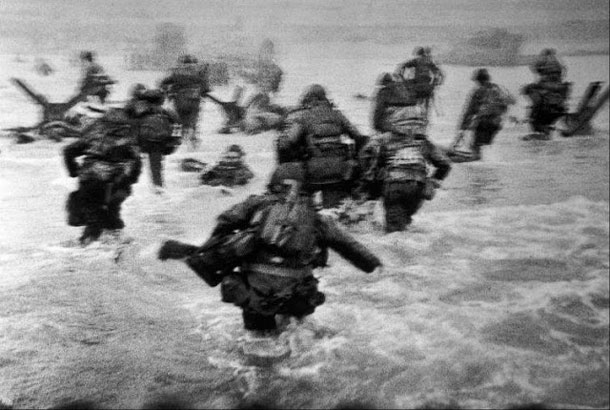“If your photographs aren’t good enough, you’re not close enough.” Right, it’s the modern photojournalist’s golden mantra. It’s the leitmotiv of Robert Capa, one of the most influential photographers of all time who marks his 100th birthday on October 22. The late Robert Capa’s photographs of conflict — from the beaches of Normandy and the fields of Spain to the jungles of southeast Asia and beyond — have been an inspiration (and a challenge) to generations of photojournalists hoping to follow his example. To mark the occasion, Magnum Photos, the world’s first cooperative photo agency that Capa founded in 1947 along with legendary colleagues Henri Cartier-Bresson, David “Chim” Seymour, George Rodger and William Vandivert, is commemorating his centenary by asking photographers everywhere to Get Closer.

“Think of it like a game of visual telephone,” Gideon Jacobs, Creative Director at Magnum Photos in New York tells TIME magazine. “The first player always being Capa, the second player, always a renowned photographer, and the rest, a mix of anyone who wants to get in on the action.”
For the esteemed, old-guard agency, this campaign is designed to mark one of its more significant recent moves toward a broader digital presence within the world of socially shared imagery.
The public is invited to take part. Photographers everywhere are asked to contribute their own visual responses to the Budapest-born master’s work by uploading photographs to any social media platform and tagging them with #GetCloser100.
Conflict and wars were Capa’s life work. He is best known for redefining wartime photojournalism by insisting working in trenches, in the midst of combat. Capa died much too young, aged 40, in Vietnam by stepping on a landmine.



